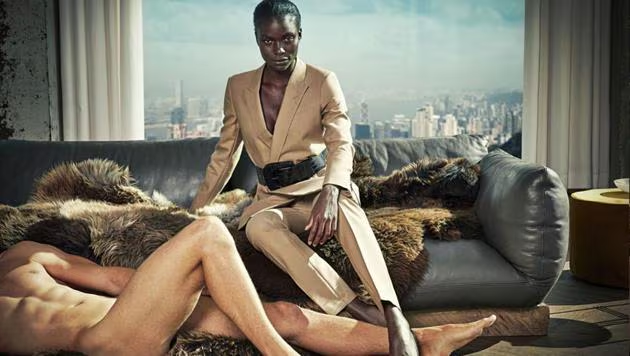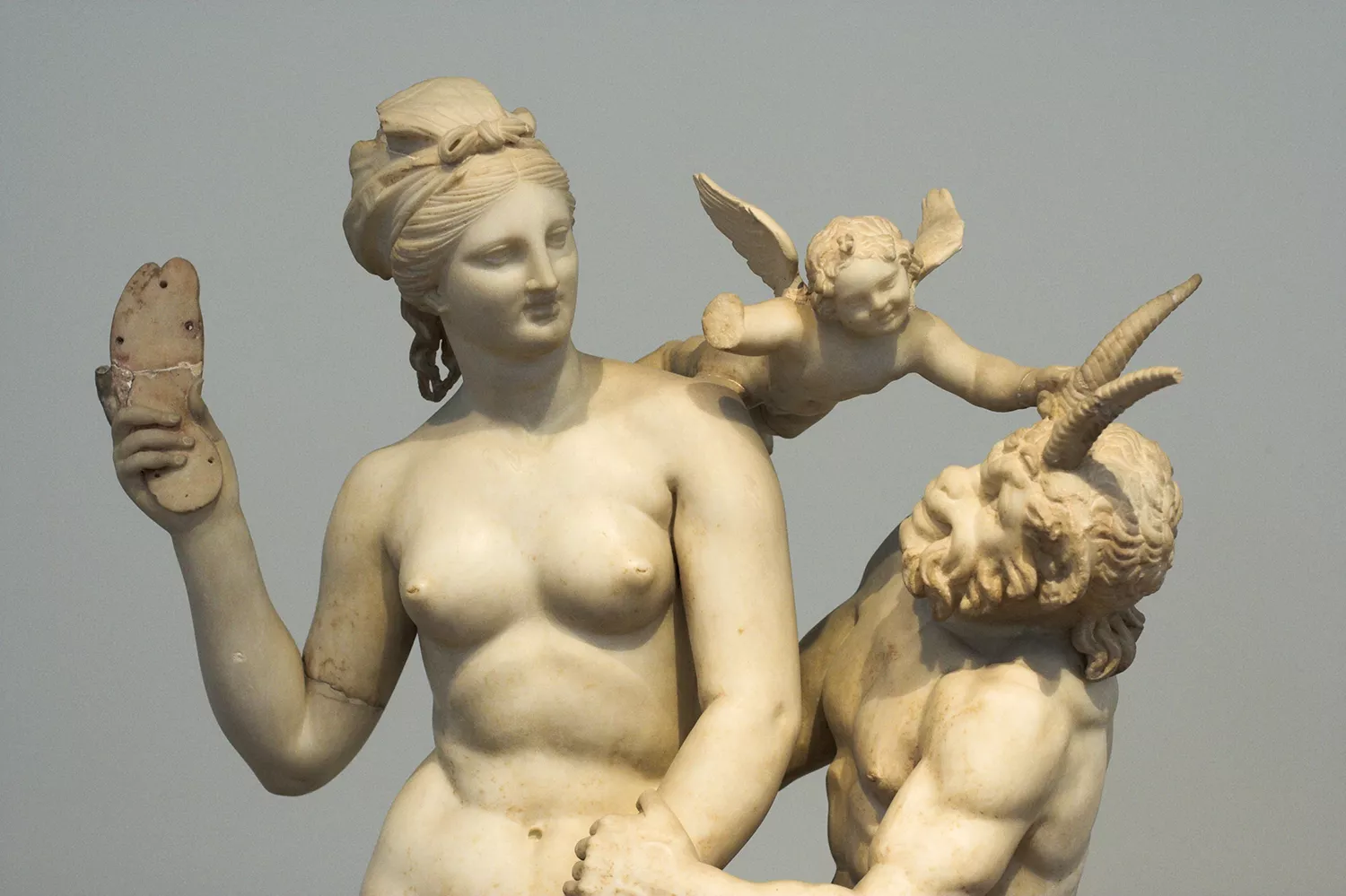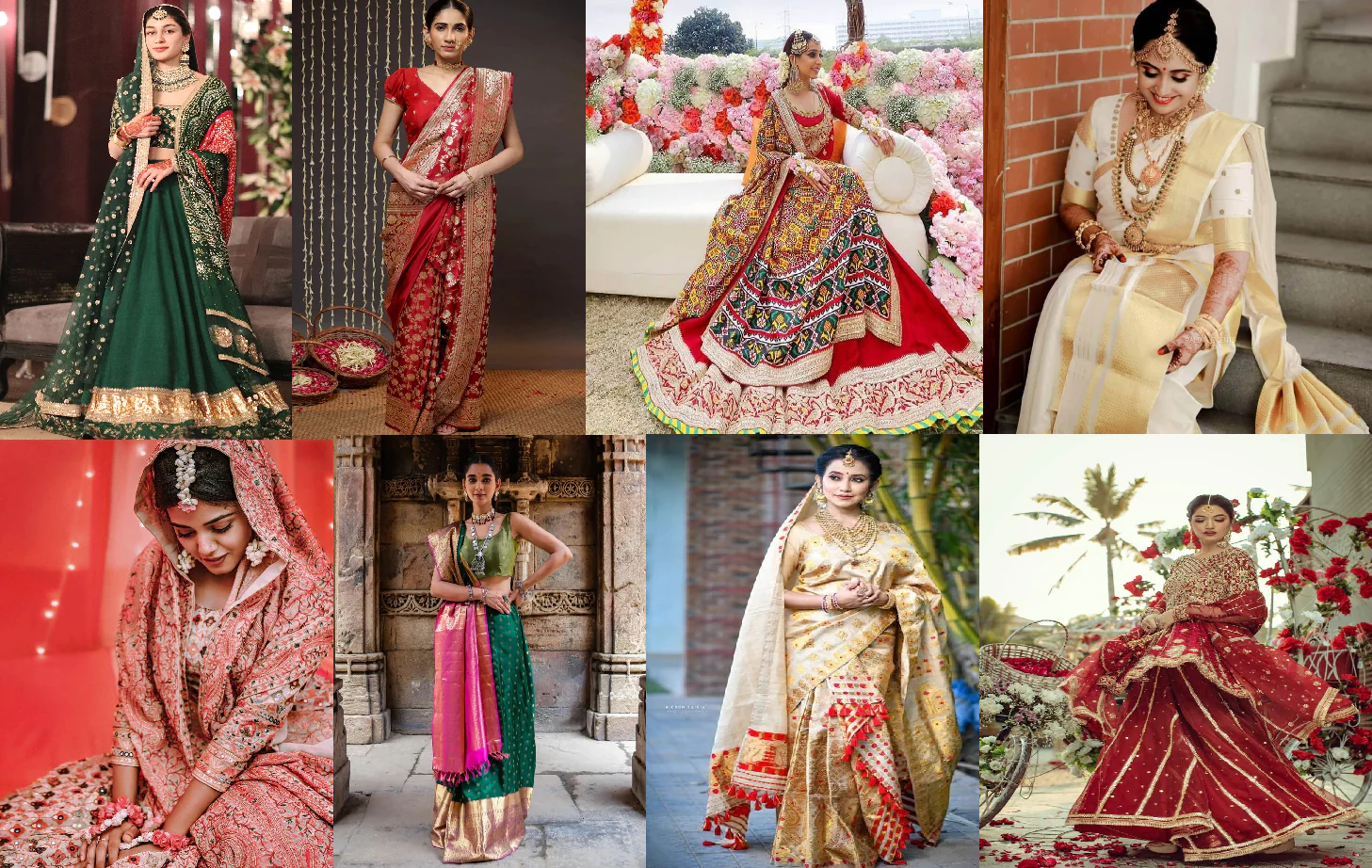Modern Nudity in Advertising: Nudity has long been a tool for attention in advertising—used to captivate, provoke, and seduce. From luxury fragrance campaigns to high-fashion billboards and body-positive beauty brands, nudity in modern advertising is both a trend and a lightning rod for controversy. Some see it as a form of artistic expression and empowerment, while others criticize it for promoting unrealistic values, objectivity, or the value of pushing over substance.
As social norms evolve and consumer awareness grows, the presence of nudity in advertising continues to walk a fine line between bold branding and moral responsibility.
A Historical Shift of Modern Nudity: From Taboo to Trend
In the mid-20th century, nudity in advertising was rare and often considered scandalous. But by the 1980s and 1990s, major brands began to embrace more provocative imagery. Calvin Klein’s iconic underwear ads featured nearly nude models—often in minimalist, black-and-white compositions—and set new standards for edgy branding.
Fashion houses, luxury goods companies, and even beverage brands began to use nude or semi-nude imagery as a symbol of sophistication, rebellion, or authenticity. The message was clear: nudity sells—but only when used with style and restraint.
Art or objectification?
A central debate surrounding nudity in advertising is whether it celebrates the human body or turns it into a marketing tool. Critics argue that nudity often objectifies women (and increasingly men), turning them into props for commercial gain. This is especially evident when ads feature disembodied body parts, exaggerated sexual poses, or unrealistic bodies.

On the other hand, some advertisers claim that their use of nudity is artistic or empowering—aimed at challenging norms, celebrating diversity, or drawing attention to larger social issues. Campaigns like Dove’s “Real Beauty” or Erie’s imperfect models attempt to subvert traditional beauty standards while simultaneously using nudity to attract attention.
The line between power and exploitation is often blurred, and the interpretation usually lies in the creator’s intent and the viewer’s perception.
Gender and Nudity: The Double Standard
Another ongoing debate involves the double standard in terms of male and female nudity. Female nudity in advertising is much more prevalent and increasingly sexualized. Meanwhile, male nudity—while on the rise—is often portrayed in a humorous, shocking, or hyper-masculine way.
In recent years, there have been strong efforts to break down these double standards, with some brands adopting gender-neutral or more inclusive campaigns that highlight all body types, ages, and identities.
The Rise of Body Positivity and Realism
In response to decades of idealized and edited images, a new wave of advertising is embracing body positivity and realism. Brands like Fenty, Billie, and Glossier have featured models with visible stretch marks, body hair, scars, and a variety of body shapes, often nude or semi-nude.
This shift reflects changing consumer values—especially among younger audiences who value authenticity, representation, and transparency. Nudity in these campaigns is less about perfection and more about confidence, comfort, and individuality.
Censorship and Cultural Sensitivity
Despite its increasing presence, nudity in advertising remains highly controversial, especially across cultures. What is acceptable in one country may be taboo in another. A campaign considered artistic in Paris may be removed from a billboard in New York or banned entirely in more conservative regions.
Social media has compounded this issue. Platforms like Instagram and Facebook enforce strict policies against nudity, often leading to censorship of artistic or body-positive content when inconsistent moderation is criticized.
Advertisers now have to navigate a fragmented landscape where global campaigns must be crafted to meet diverse cultural expectations and legal standards.
Shock Marketing: Does Nudity Still Work?
In an age of constant scrolling and content saturation, achieving shock value has become more difficult. Where nudity once stood out, it now risks blending into the noise—or worse, alienating potential customers. Many viewers now criticize ads that rely on bare skin without a clear purpose or message.
Successful modern campaigns are typically those that use nudity thoughtfully—consistent with brand values, creative storytelling, and respect for the subject matter. Nudity for nudity’s sake is no longer enough; Today’s consumers demand context, meaning, and honesty.
Modern nudity in advertising reflects our cultural tensions—between freedom and restraint, beauty and realism, commerce and ethics. It can empower or exploit, challenge or comply, depending on how it is used.
As advertising continues to evolve in an increasingly diverse and conscious world, the question is not whether nudity should be used—but how and why. When done with purpose, creativity, and respect, nudity in advertising can be a powerful form of expression. But when misused, it risks reinforcing harmful stereotypes and alienating those it aims to attract.
Ultimately, the art of modern advertising is not just about catching the eye, but about engaging the mind and heart.
Read Also: 10 Best Nudist Beaches in the World
![]()






One thought on “Modern Nudity in Advertising: Trends and Controversies”